Become an Embedded System Engineer w/ this 60 Days Challenge
Loại khoá học: Hardware
Step by step All in One Challenge to be an Embedded System Engineering Engineer and master Needed Skills to Succeed
Mô tả
46 Hour of Full HD Content | 76 sections • 555 lectures | 95 articles
This Embedded Systems course is jam-packed with 60 days of lessons that take you from complete Embedded systems novice to feeling confident making your own Embedded systems products or starting a career in the industry.
While you don't have to finish the course in 8 weeks, we've set up the course where each section teaches a new skill.
A 60 Days challenge Learn to design embedded systems from scratch. You will not need prior knowledge of electronics, programming, or hardware.
Now I want to help you learn how to become an embedded system engineer in this challenging 60 days Challenge.
This Challenge is a quick learning course for those who want to become an Embedded System Engineer and make you a pro.
Here’s some feedback from our early bird student who tried the course before launch:
"I have been looking for a way to learn about embedded systems and microcontrollers. I am so glad I found this course. It is perfect for beginners and it is a 60-day challenge. The course is very easy to follow and the instructor is very knowledgeable. They also offer a money-back guarantee if you are not satisfied. I highly recommend this course to anyone who wants to learn about embedded systems and microcontrollers." Brian D.
"Become an Embedded System Engineer with this 60 Days Challenge that will help you learn embedded systems from scratch and master microcontrollers. With the guidance of Ashraf, you will be able to understand how to design and develop embedded systems by using a variety of hardware and software tools. The course is easy to follow and interactive, meaning you will be able to code your own system in no time." Kathren Sa.
Are you looking for a quick start to a new career? Do you want to learn step by step from zero to embedded system engineer?
Become an embedded system engineer with the 60 Day Challenge. One of the most important aspects of software development is knowing how hardware interacts with software. Whether it's driving cars or running factories, the hardware has to be programmed just like software. The way software communicates with hardware is through the development of embedded systems which we'll teach you about in this challenge.
Introduction:
The course is designed to be completed in 60 days. The course covers programming, microcontrollers, communication protocols, circuit design, PCB design, and 3D Modeling and Simulation. It also includes two project-based courses that will guide the user through the development of a firmware package.
Throughout this course, you will learn various embedded systems engineering skills like how to read AVR assembly code, use C, etc.
By reading the content and reviewing the exercises in this course, you will be able to learn how to program an embedded system.
This course is not only about programming but also about designing all aspects of a hardware system, including hardware connection and mechanical design.
What You Will Learn In This Bundle:
Learn Embedded C
Learn how to program, use and interact with Arduino
Learn how to program, use and interact with PIC Microcontroller
Learn Communication Protocols
Learn Circuit Design and Simulation from scratch
Learn 3D Design and Simulation to make your own 3D Models
Learn PCB Fabrication from scratch
Learn everything about Embedded System
Daily Section Overview:
C Programming - 10 Days
Microcontrollers Arduino - 10 Days
Microcontrollers PIC Microcontroller - 10 Days
Communication Protocols - 7 Days
Internet of Things - Extra
Circuit Design and Simulation - 7 Days
3D Design and Simulation - 6 Days
PCB Fabrication - 10 Days
Who Teaches This Course:
The 60 Day Embedded Systems Challenge is made by Educational Engineering Team, a team of engineers with years of professional experience in the Embedded Systems world. The team made videos that have been viewed by millions of people around the world for small and big companies.
We are thrilled to help you to start your embedded systems journey today! We understand what it's like to start from scratch and have tailored this course to complete beginners. At the same time, we share advanced techniques so even if you have some embedded systems experience, you'll still learn.
This Course includes:
Quizzes
Assignments
Homeworks
Source Codes
Interactive learning methods
Final Project
New lessons will be added weekly
Live Q&A Sessions to answer students questions
Start your career as an Embedded System Engineer and master the needed skills to succeed.
Do you want to take your career to the next level and get a new job as an embedded system engineer?
Are you ready for a challenge? Do you want to master the skills needed to become an embedded system engineer?
What students are saying:
" very very useful and very informative in short span of time , worth the money." Libra Varman . T
"This course is extraordinary. The content is very well explained and accompanied by examples. I definitely recommend it for beginners and not only" Eduard Bumbu
"I am a self taught PCB world enthusiast with ideas and designs i want to make a reality and this course hits home. " Steven Fleshman
"Thanks; I do not speak English, however the words and ideas are clear, very easy to understand from the language, to the instructions, I am already looking forward to writing code in python exploring other cards such as esp8266 etc. Wonderful what was explained has been looking for time and had found only very limited micropython." Fabian Lopez Mercado
"I would be so grateful if you could take time to go through the course and once you get an idea, then please leave an honest review and/or rating. I always start with some theoretical basics in the first few lectures that may sound a bit boring, but this is just a needed step so we can move together to the practical section of the course. I'm extremely motivated in helping you grow in your career. To Your Success, Ashr | Educational Engineering Team Leader" AKASH SHARMA
YOU CAN BECOME AN Embedded SYSTEMS ENGINEER IN JUST 60 DAYS!
Become an Embedded System Engineer in the shortest time possible.
More Course Details:
Below is a breakdown of each Sections of the challenge
----------------------------------------------
In Day #1 - #10 We'll go over C Programming for embedded systems from scratch
Go from zero to hero in programming with C Language and start your Journey as a highly paid C Developer/Programmer
Why learn C Programming?
C is a Middle-Level Language. The middle-level languages are somewhere between the Low-level machine-understandable assembly languages and High-Level user-friendly languages. Being a middle-level language, C reduces the gap between the low-level and high-level languages. It can be used for writing operating systems as well as doing application-level programming.
Helps to understand the fundamentals of Computer Theories. Most of the theories related to computers like Computer Networks, Compiler Designing, Computer Architecture, Operating Systems are based on the C programming language and require a good knowledge of C programming if you are working on them. In modern high-level languages, the machine-level details are hidden from the user, so in order to work with CPU cache, memory, network adapters, learning C programming is a must.
Fewer Libraries. C programming language has fewer libraries in comparison with other high-level languages. So, learning C programming also clears programming concepts to a great extent as you have to write a lot of things from scratch. You will not be dependent on the programming language entirely for implementing some basic operations and implementing them on your own will also help you to build your analytical skills.
C is very fast in terms of execution time. Programs written and compiled in C execute much faster than compared to any other programming language. C programming language is very fast in terms of execution as it does not have any additional processing overheads such as garbage collection or preventing memory leaks etc. The programmer must take care of these things on his own.
Embedded Programming. C is extensively used in Embedded Programming. Embedded Programming is also referred to as micro-controller programming, where the C program is used to control micro-controllers. Microcontrollers and embedded programming is widely used in auto-motives, Robotics, Hardware, etc.
This course introduces the C programming language features at the beginning of the semester. Topics covered include data types, control structures, standard input/output, file input/output, mathematic library, problem-solving, functions, arrays, dynamic memory, and pointers.
Why you should take this course?
You will learn to use C languages for programming Microcontrollers
You will learn the difference between these two languages
You will learn how to program a microcontroller from scratch
You will gain a strong understanding of how a Microcontroller works
You will become a master in embedded system technology
This course will provide you with a strong understanding of how Microcontrollers work.
You will also gain an insight of what programming is about.
----------------------------------------------
In Day #11 - #20 We'll go over Arduino Microcontroller in a step by step manner
In this Arduino Bootcamp you will learn Arduino in a Step By Step Manner and you will be able to do practical Projects
Why you should take this course?
You will learn Arduino in a Step By Step Manner
You will be able to do practical Projects
Learn skills like basic engineering, programming, electronics, and IoT
It is an online course with videos and downloadable information
You will develop an understanding of the fundamental principles behind interactive multimedia systems and interactive applications
Arduino is an open-source, single-board, microcontroller for building devices that can sense and control objects in the physical world. In this instructor-led, live training, participants will learn how to program the Arduino for real-world usage, such as to control lights, motors and motion detection sensors.
----------------------------------------------
In Day #21 - #30 We'll go over 8 bit PIC Microcontroller with more than 8.5 Hours of HD Content
You will enter Microcontroller world of wonders, and together we will make YOU a professional Microcontroller Geeks.
Why you should take this course?
The course contains a lot of information that is not found elsewhere and is organized in a practical, easy to follow matter
The course is practical with plenty of examples and exercises
This course will help you learn the basics of Computer Programming from scratch
Step by Step is an excellent introduction for those who have been regretfully put off by the Mathematical nature of most programming courses
Detailed information on all aspects of Microcontrollers
It covers every aspect of microcontroller interfacing, from analog signal interfacing to digital interfacing, and more
What you will Learn?
This course will teach you how to design, build, and program a microcontroller system.
You'll start with an introduction to microcontroller systems - their history, components, and architecture.
You'll learn the basics of digital logic, including binary numbers and Boolean algebra.
You'll learn how to read schematic diagrams and use a breadboard to create circuits.
Once you've mastered the basics, you can move on to more advanced topics like programming microcontrollers in C
With this knowledge under your belt, you'll be well on your way to designing next-generation electronics!
----------------------------------------------
In Day #31 - #37 We'll go over Communication Protocols
A step by step guide to Master Communication Protocols
More than 8 hours of Full HD Content | All In One Bundle to Master Communication Protocols in the Microcontroller World
What You Will Learn In This Bundle:
Creating a GUI to control Arduino and PIC Microcontroller
USB Interfacing for Different Microcontrollers
Arduino Communication with I2C Bus
Arduino Communication with SPI Bus
PIC Microcontroller Communication with I2C Bus
PIC Microcontroller Communication with SPI Bus
Why you should take this course?
This course will teach you how to effectively communicate with any microcontroller
Perfect for professionals looking to understand the underlying principles of microcontroller communication
You can learn on your own time at your own pace, this course is also accessible for beginners
You will gain a practical understanding of the basics of communicating with microclusters
You will learn about serial communication protocols
You will understand what takes place in a packet when it comes in and out of a microcontroller
You will become fluent in TCP/IP networking protocols, which are used to send data over the internet
You will become fluent in Bluetooth protocols, which are used
----------------------------------------------
In Day #38 - #44 We'll go over Circuit Design and Simulation
Everything there is to know about how to Design, Simulate Electronic Circuits, Microcontrollers, Arduino and Make a PCB
This section Consists of 136 Lectures with more than 12.5 hours of HD Video Content and supplementary material in which we cover more than four different software used to design, simulate and fabricate circuits, I can assure you that after this course you will be a professional in Circuit design and fabrication.
Why you should take this course?
The course includes everything you need to know about the electronics design process
Learn how to Design, Simulate Electronic Circuits, Microcontrollers, Arduino and Make a PCB
Learn the science of electric circuits
Programming knowledge
You will learn about Fritzing Software and Proteus Software
Get access to all instructional videos
You will get the chance to learn:
PCB Design and Fabrication using Fritzing Software
PCB Design: Master Designing Printed Circuit Board using Proteus Software
PCB Design: Make Arduino Nano using Altium Designer
3D Simulation: Microcontrollers, Electronics, Mechanism, PCB using Yenka Software
Soldering Electronic Components Like A Professional
Microcontroller Circuit Design and Simulation
Arduino Circuit Design and Simulation
----------------------------------------------
In Day #45 - #50 We'll go over 3D Design and Simulation
Learn how to create 3D Printed Enclosure for any Custom Microcontroller or electronic Board like Arduino UNO and Mega
Why you should take this course?
Develop a practical understanding of 3D modeling and 3D printing
Learn how to design a case that will house any Arduino Board you have.
Develop a practical understanding of designing custom cases to hold electronic boards, in this case Arduino boards.
Understand the importance of enclosing electronics in order to protect them from external forces.
Gain an understanding of how dimensions and axial dimensions are important in the design process.
Gain an understanding of what it takes to create a 3D model, understand constraints, and learn how to successfully print your project.
Learn about Material Properties and Filament types that can be used for various projects.
What You Will Learn:
Download and Install FREE Fusion 360
User Interface Explained
Create Your Frame using specific dimensions
Use Extrude, chamfer, split, and other techniques
Time back feature to fix mistakes
Check your design for errors
Import 3D models to use as a reference
Create cut-outs and shape cuts
Add your name and artwork
Create a 3D Motion Video for your project
You will learn by practice: You will follow my steps to create 3D Enclosure for Arduino UNO and Arduino Mega!
Provides an introduction to creating, editing, and analyzing 3D models. Develops foundational skills to work with, and navigate the digital 3D modeling workspace to create 3D objects. Examines basic elements of the 3D development of modeling, texturing, lighting, animating, and rendering.
----------------------------------------------
In Day #51 - #60 We'll go over PCB Fabrication
Learn Printed Circuit Board design using More than one software and Master the Art of PCB Design and Fabrication
This Section Consists of More than 80 Lecture with more than 6 hours of HD Video Content and supplementary material in which we cover more than four different software used to design, and fabricate PCB (Printed Circuit Board), I can assure you that after this course you will be a professional in PCB Printed Circuit Board design and fabrication.
Why you should take this course?
Learn how to design, layout, and produce a Printed Circuit Board
Save money on outsourcing PCB design work for prototyping
Learn from a professional engineer who has been designing PCBs for over a decade
Learn from the comfort of your home from the convenience of your computer
You will get the chance to learn:
PCB Design and Fabrication using Fritzing Software
PCB Design: Master Designing Printed Circuit Board using Proteus Software
PCB Design: Make Arduino Nano using Altium Designer
3D Simulation: Microcontrollers, Electronics, Mechanism, PCB using Yenka Software
This is a basic course for designing PCB using design software. PCB (Printed Circuit Board) designing is an integral part of each electronics product and this program is designed to make students capable to design their own projects PCB up to industrial grade.
----------------------------------------------
Why you should take this course?
You can learn on your own time at your own pace, this course is also accessible for beginners
Learn the skills to design, develop, test and deploy embedded systems
This course will help you master all the knowledge and skills required to become an Embedded System Engineer.
Learn in a step-by-step manner from beginner level to advanced concepts.
Take your skills to the next level by mastering more advanced topics.
Master a skill that will never expire
You don't need to know the first thing about embedded systems engineering to get started. Simply sign up for this 60-day challenge course and you will get all the knowledge, guidance, and support you need. With the help of our expert trainers, you will learn how to create embedded systems. You'll learn how to take care of your equipment, how to work in teams, and become a locksmith expert!
There is no time like the present - sign up today!
Take this course and start your journey to be an Embedded System Engineer!
Bạn sẽ học được gì
Learn Embedded C
Learn how to program, use and interact with Arduino
Learn how to program, use and interact with PIC Microcontroller
Learn Communication Protocols
Learn Circuit Design and Simulation from scratch
Learn 3D Design and Simulation to make your own 3D Models
Learn PCB Fabrication from scratch
Learn everything about Embedded System
Learn to use all the software tools needed to be successful as an Embedded System Engineer
Build an Arduino prototype to create your own game using LEDs
Learn how to solve complex problems with microcontrollers
Learn how to make your own products - make them work!
How to implement communication protocols in your project
Yêu cầu
- No prior experience in Embedded Systems is required
- You should have access to a Computer/laptop and Internet Connection
- You should be ready to commit 60 days to learning and practicing
- Be ready to Invent new things by making them do what you want
Nội dung khoá học
Viết Bình Luận
Khoá học liên quan

Đăng ký get khoá học Udemy - Unica - Gitiho giá chỉ 50k!
Get khoá học giá rẻ ngay trước khi bị fix.

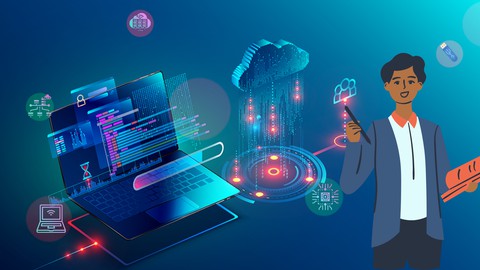
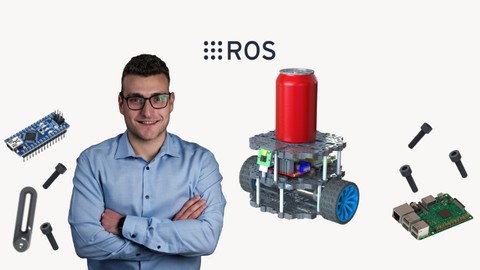

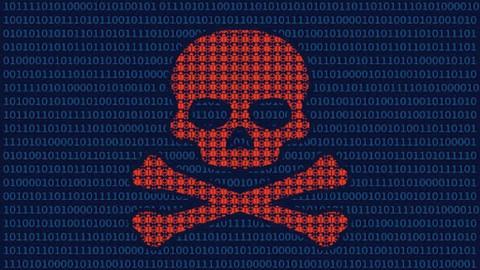
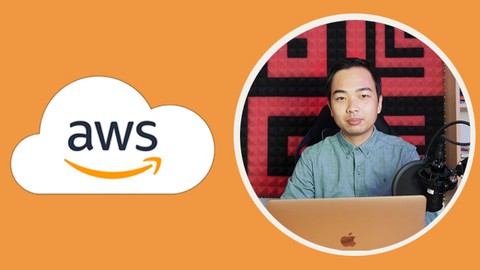
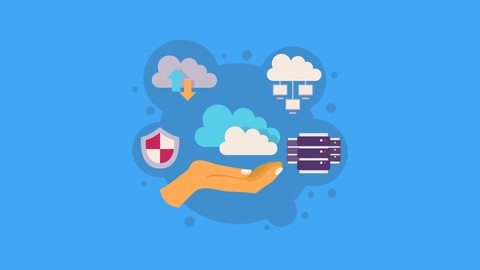
![Java Certification : OCA (1Z0-808) Exam Simulation [2023]](/uploads/courses/udemy/1464072_c364_6.jpg)

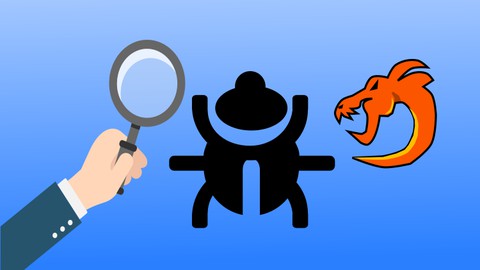
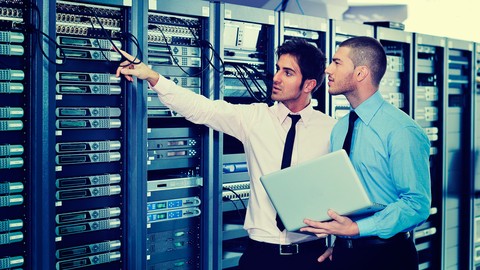
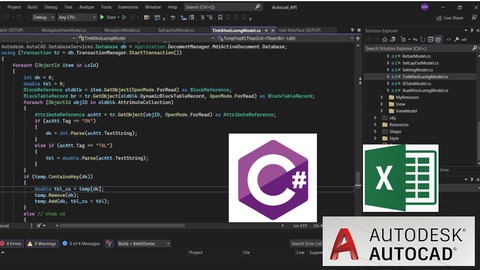
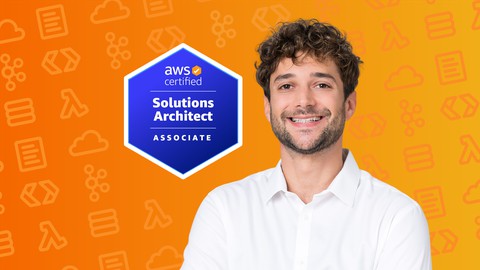
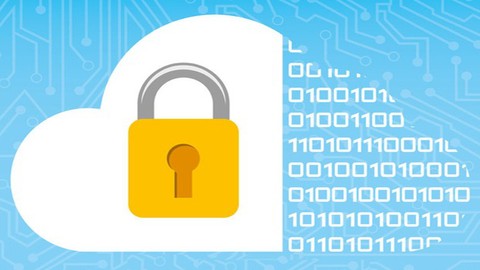
![10 Sample Exams ISTQB Foundation Level (CTFL) v4.0 [NEW!]](/uploads/courses/udemy/3228307_dcb2_10.jpg)
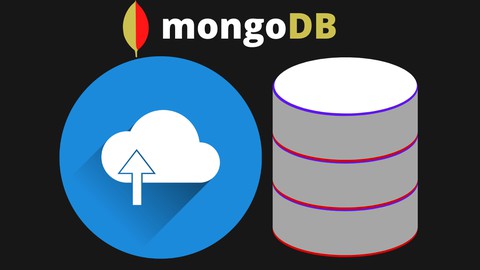
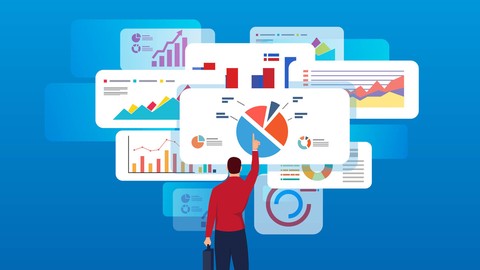
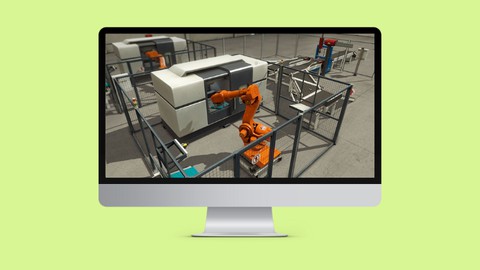
Đánh giá của học viên
Bình luận khách hàng